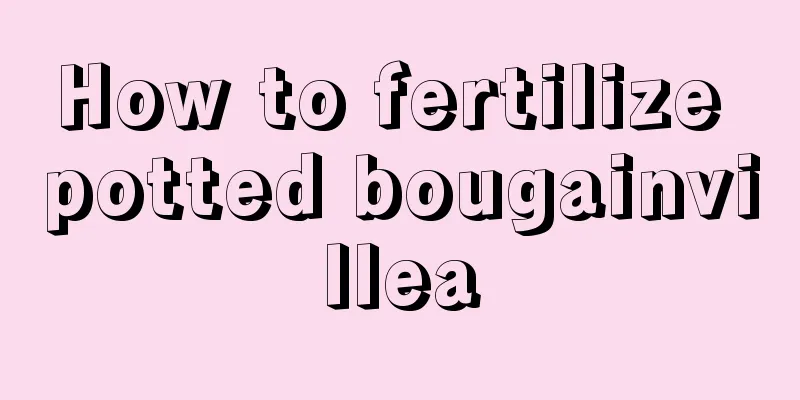How to grow pearl bush

1. Maintenance methods1. Temperature: Pearl bush likes warmth. Specifically, between 22 and 30 degrees is the most suitable. It has a certain degree of cold resistance. Therefore, when raising fish in the south, there is generally no need to protect them from the cold. However, when raising it in the north, it is best to move it indoors in the winter. Better not to go below zero. 2. Light: Pearl bush is a plant that likes light, but it is also shade-tolerant. However, this does not mean that it can be placed in a dark place for a long time, as this will affect its flowering. In addition, strong light is not suitable for it. It is best to avoid strong light and have appropriate lighting. 3. Watering: Because pearl bush is afraid of waterlogging, it is best to add water in moderation. During its growth stage, just make sure the soil in the pot is not too dry. In winter, you need to control water and keep the soil slightly dry. 4. Soil: Pearl bush has main requirements on nutrition and drainage. Generally speaking, sandy soil is the most suitable. 2. Breeding techniques1. Pruning: Pruning is a very important step in the maintenance of pearl bush. Moreover, it is also very resistant to pruning. Normally, the main thing to do is prune its branches, and cut off the branches that affect the appearance or hinder the growth. In addition, after flowering, the withered flowers should be cut off in time. After the flowering period is over, prune the branches. 2. Reproduction: Reproduction by division is the most common method. It is best to do so in March or April, or during retrograde periods. Choose strong and vigorous mother plants. Each mother plant can be divided into five to seven parts and then planted separately. After planting, ensure the humidity is appropriate. After about a week, the plants will be able to acclimate to the environment. 3. Problem diagnosis and treatment1. Disease: Powdery mildew may occur. When it occurs, the symptom is some white powder appearing on the leaves. The disease will cause the leaves to curl and flowering will also be affected. Methyl thiophanate can be used for prevention and treatment, and the infected parts should be cut off in time. 2. Pests: There may be "chafers" that threaten leaves and flowers. It can be eliminated by using omethoate. IV. Other issues1. Toxicity: It has certain toxicity. 2. Flower language: Its flower language is mainly "hard work". Can be given to friends as encouragement. |
<<: A complete guide to growing boxwood
Recommend
Cultivation method of potted roses
1. Potting soil For potted roses, you need to cho...
Can Nepenthes be hydroponically cultivated? Hydroponics methods and precautions
Can pitcher plants be grown hydroponically? Nepen...
How to repot Margaret
1. Situations where potting is required There are...
What are the cultivation methods and precautions of Dripping Guanyin?
How to cultivate dripping guanyin The weeping ang...
Cultivation methods and precautions of zinnia
1. Watering Just keep the soil moderately moist. ...
Planting methods and pest control of screw peppers (planting and management techniques of screw peppers)
The screw pepper is a first-generation hybrid wri...
Lotus Flower Language
lotus Innocence, steadfast purity, loyalty and lo...
How to keep seeds of chicken feather vegetable and how to plant them
How do the seeds of chicken feather vegetable com...
How often should I water the fortune tree in summer?
How often should the fortune tree be watered in s...
How long are the leaves of green radish? Can the leaves be eaten?
1. Leaf length The leaves of the green radish are...
Is azalea suitable for the living room? Is it auspicious to put azalea in the living room?
1. Is it suitable for the living room? There are ...
Persimmon cultivation methods and precautions
1. Maintenance methods 1. Temperature: The temper...
How to grow boxwood
1. Breeding environment 1. Soil: Boxwood has very...
How to propagate Christmas cactus by cuttings
1. Take cuttings Select two disease-free and rela...
How to make the spider plant bloom (how to take care of it after it blooms to make it grow more tendrils)
How should we cultivate it at home so that it can...









